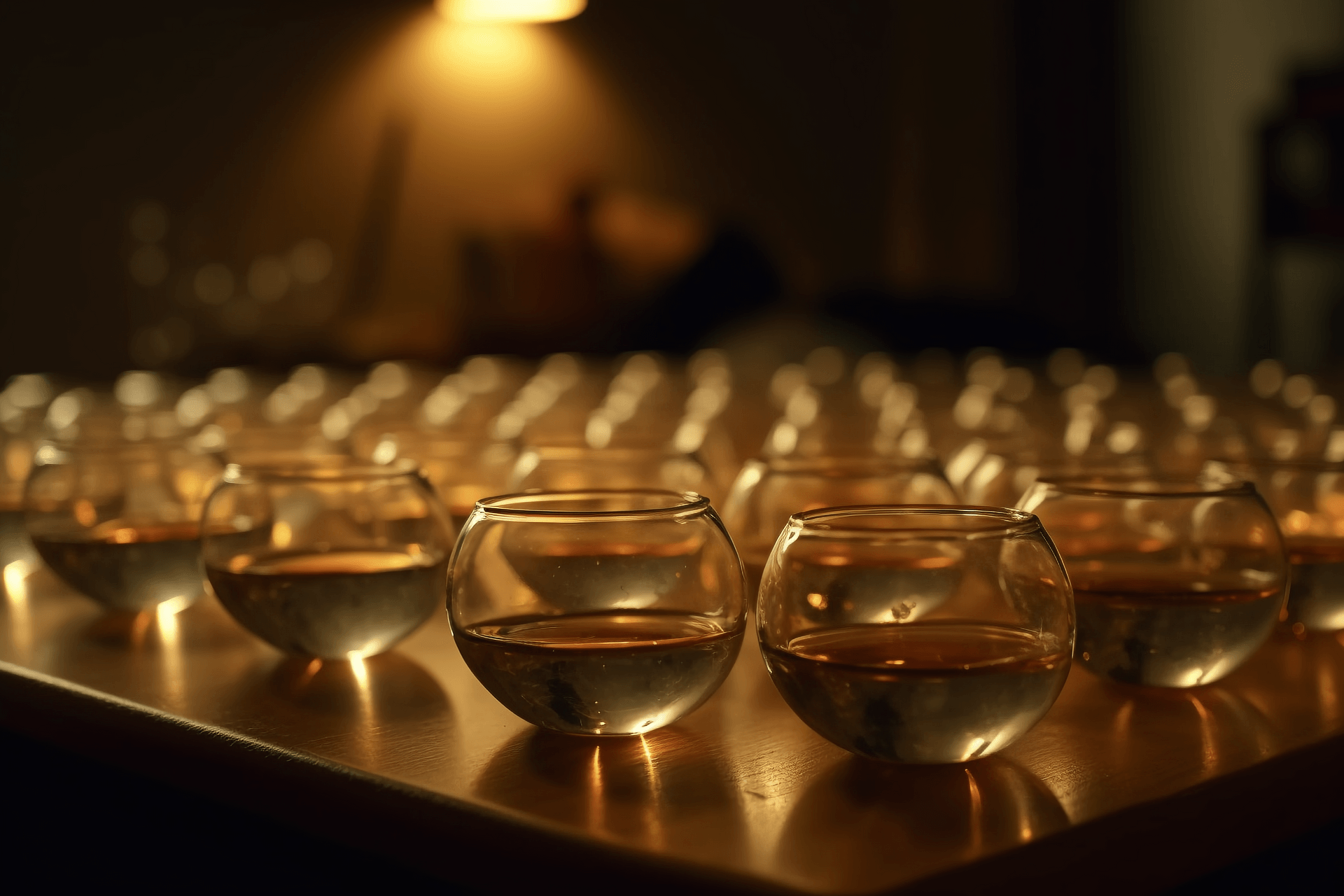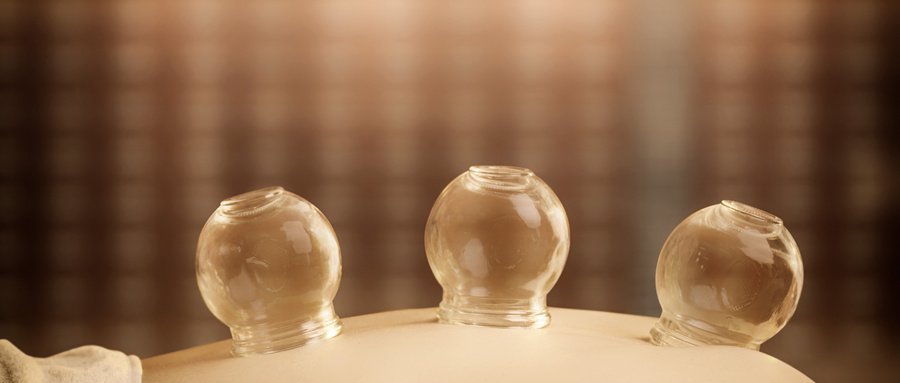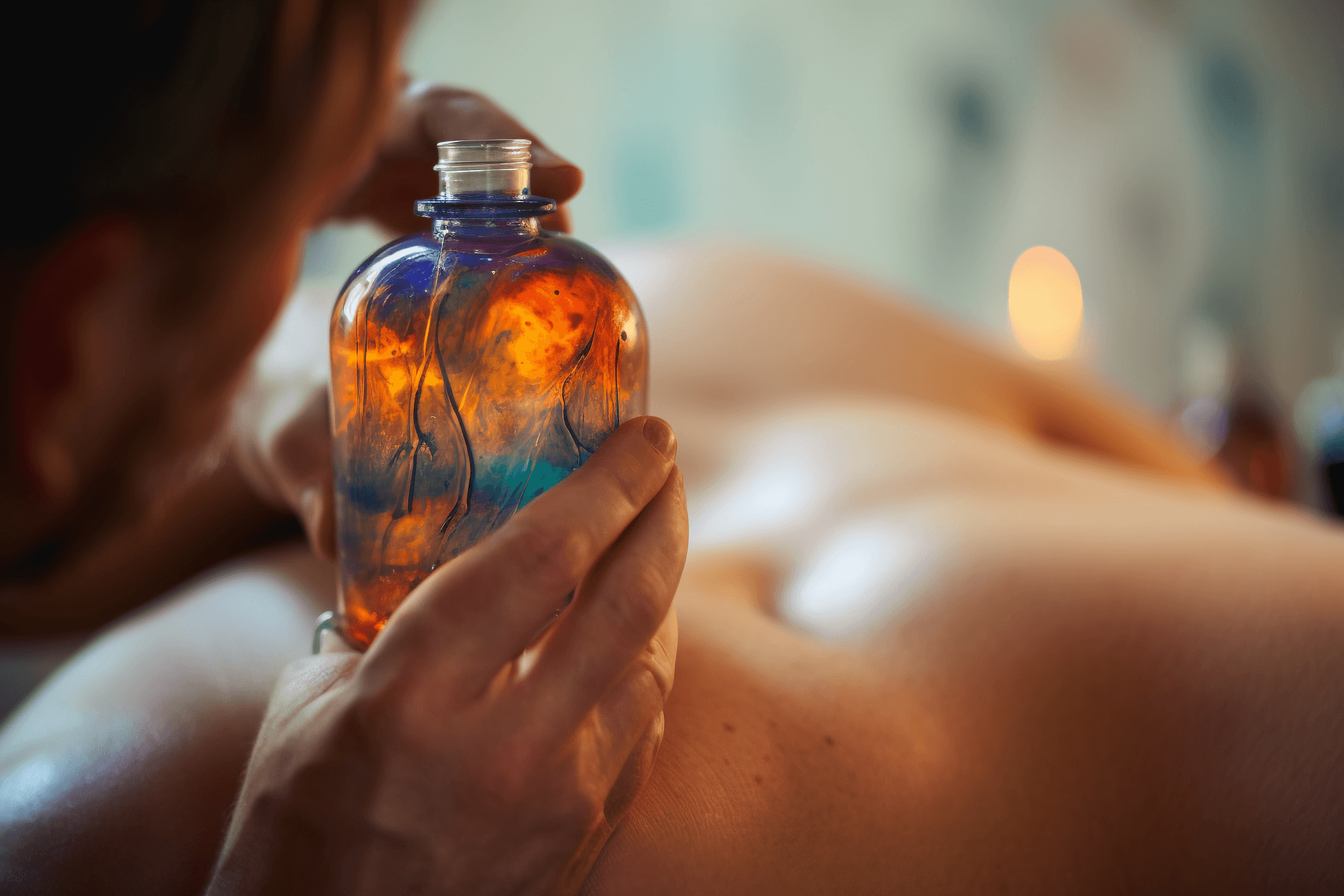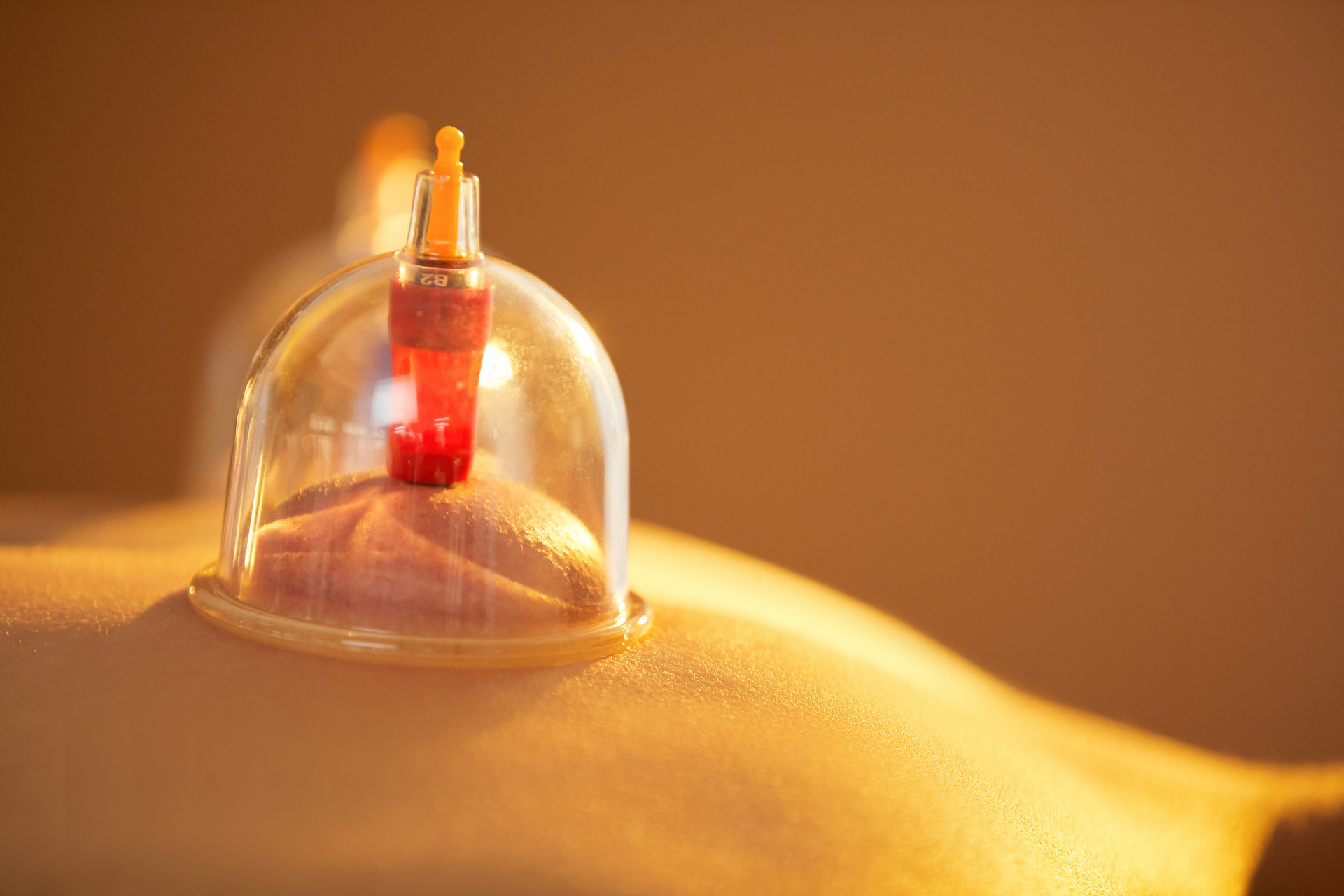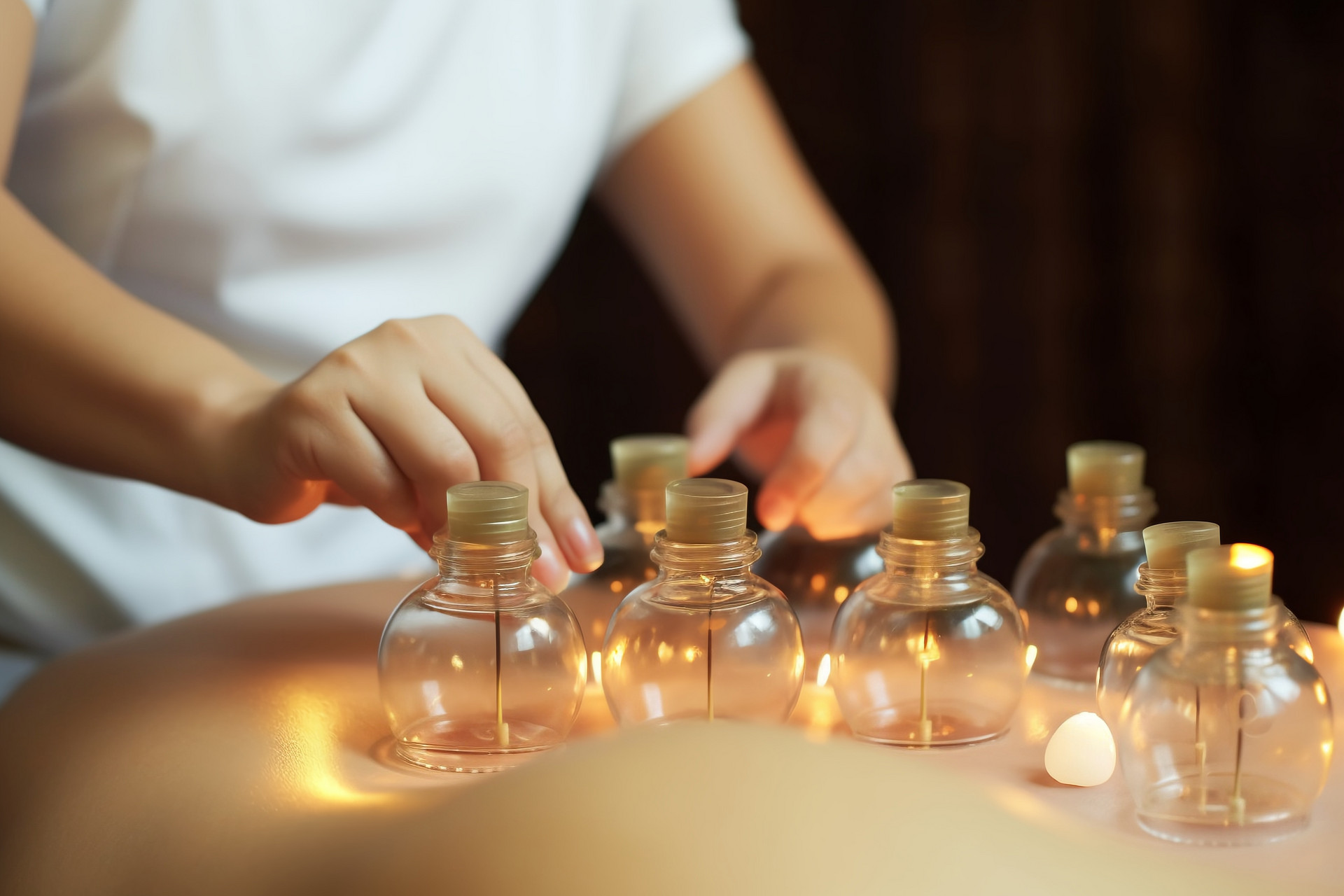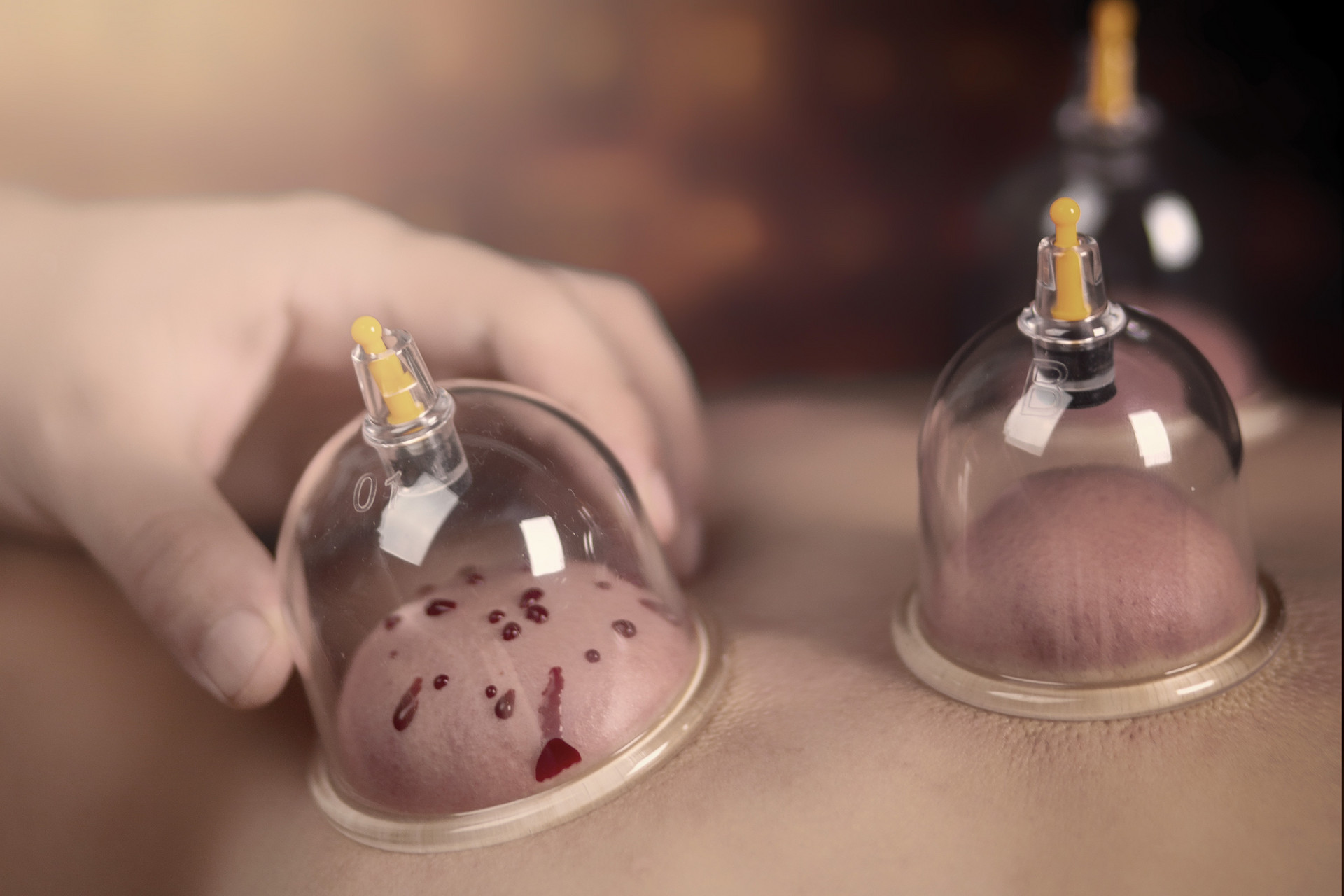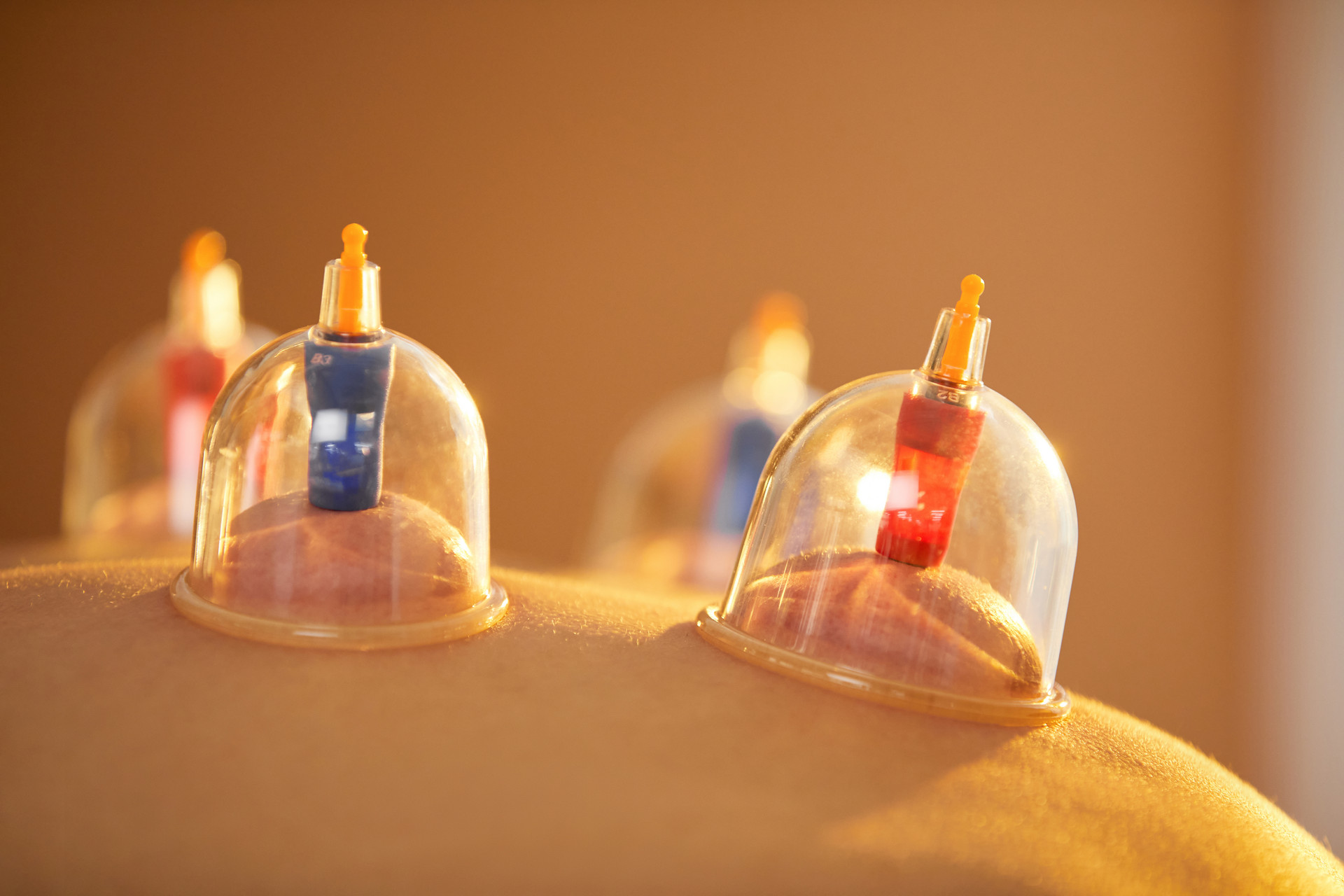Cupping therapy is a commonly used traditional Chinese medical treatment method for various diseases. This therapy can help to expel cold and dampness, promote blood circulation, remove blood stasis, improve qi flow, reduce swelling and pain, detoxify the body, and achieve the goal of restoring balance and treating diseases. Therefore, cupping therapy can be used to treat many diseases.
There are different types of cups used in cupping therapy, including glass cups, ceramic cups, bamboo cups, rubber cups, and even empty tin cans at home can be used for cupping. Glass cups, ceramic cups, and bamboo cups are commonly used in clinical practice. Rubber cups are more commonly used in households because they are easy to use - you can simply squeeze them with your hand and they will stick to the skin. It is very easy to use, even if you don't have medical knowledge, as long as you understand where the pain is, you can apply the cupping there. However, rubber cups do not involve the use of fire, which is an important step in cupping therapy, so the effectiveness may be slightly reduced, and therefore they are not commonly used in hospitals. Glass cups are smooth and transparent, allowing observation of skin congestion, blood stasis, blistering, and bleeding during cupping, so they are the most commonly used in clinical practice.
Another tool used in cupping therapy is the probe, also known as the torch. A piece of thicker lead wire can be bent into a circular shape at one end, making it easy to hold, and the other end can be wrapped with cotton and gauze to dip in alcohol and ignite.
There are four main methods of cupping therapy: regular cupping, flash cupping, moving cupping, and bleeding cupping.
Regular cupping is the simplest and most basic method. One hand holds the cup, and the other hand holds the ignited probe. After shaking the ignited probe in the cup a few times, it is removed, and the cup is quickly placed on the area to be treated. Then, the cup is gently pulled to see if it sticks. During cupping, it should be noted that alcohol should not be applied to the rim of the cup or dropped onto the patient's skin to avoid burning the patient.
Flash cupping involves quickly removing the cup after it has been applied, and then repeating the process of cupping and removing multiple times. Flash cupping is mostly used for conditions such as deficiency-cold syndrome or muscle atrophy, or when specific acupoints need to be stimulated. During flash cupping, it should be noted that the temperature of the cup itself will rapidly increase during repeated cupping, so multiple cups should be prepared and used alternately to prevent burning the skin.
Moving cupping refers to lifting the cup up slightly with one or both hands after it has been applied, and then moving the cup back and forth on the patient's skin. It can be moved in one direction or back and forth. Therefore, moving cupping does not target a single acupoint, but rather multiple acupoints or a section of meridians. For example, the bladder meridian on the back is often treated with moving cupping. When performing moving cupping, some lubricants such as glycerin, petrolatum, or scraping oil should be applied to the area to be cupped or the rim of the cup to prevent skin abrasion. Moving cupping is commonly used for conditions such as backache, chills, dizziness, and colds.
Bleeding cupping involves puncturing the selected acupoints or abscesses with a triangular needle, and then applying cupping on top. Blood stasis and pus will flow out through the needle holes. After cupping, proper disinfection should be carried out. This method is generally used for fever and diseases caused by heat and toxins.
Different body positions can be used during cupping therapy, such as supine position, prone position, and sitting position.
There are contraindications for cupping therapy, including heart disease, blood disorders, skin diseases or skin injuries, mental illness or neuroticism, tuberculosis and various infectious diseases, various fractures, extreme weakness, excessive fatigue, pregnancy, menstruation, overeating, hunger, excessive thirst, and drunkenness. Cupping therapy should be used with caution or avoided in these cases.
During cupping therapy, certain precautions should be taken:
1. Keep warm. Cupping therapy should be performed after removing clothes, so it is important to avoid direct exposure to wind and keep the room temperature warm.
2. Avoid burning. Do not allow burning alcohol to fall on the patient's body, and replace the cup if it becomes overheated.
3. Avoid certain areas. Cupping should not be performed on the precordial area, tender skin, damaged skin, scarred skin, nipples, or bony prominences.
4. Do not cup the same area every day. Cupping should not be repeated on the same area until the marks from previous cupping have disappeared.
5. During cupping, closely observe the patient's condition and take prompt action if symptoms such as dizziness occur.


